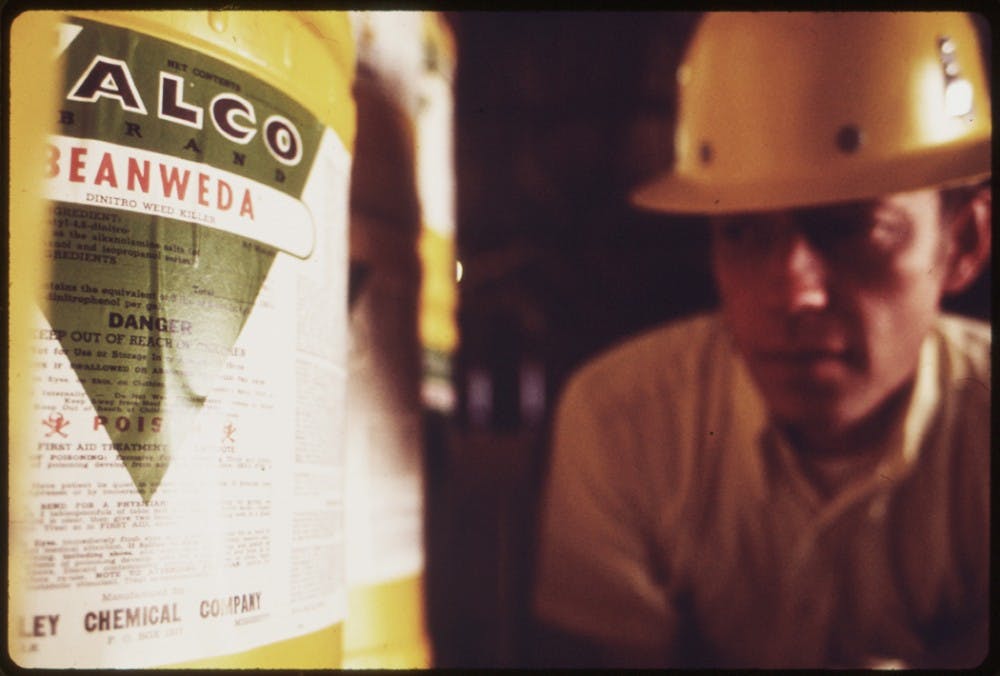The environmental science department hosted a talk Feb. 28 on the Toxic Substance Control Act given by Mark Garvey, attorney at the Environmental Protection Agency’s Office of Civil Enforcement. This seminar was part of the EVSC 4002 lecture series hosted every Tuesday at 4 p.m. in Clark Hall, Room 108.
The seminar focused on the role of the TSCA from its inception to the present. The talk began with a discussion on chemicals in general and why the TSCA arose in 1976.
“We had some events going on in the ‘60s and ‘70s that really energized the environmental movement,” Garvey said. “A lot of it was around chemicals ... being found in foods, in schools. Do you think about what this school is made of? When you think about the chemicals that are in the carpet, the table, the paint, the dyes … what are these chemicals? Are they safe?”
Garvey said the TSCA exercises authority over more organic or inorganic chemicals and the aim of the TSCA is to identify any risky chemicals before they make it onto the market.
“We’re not going to wait until the PCBs are in our food — the mercury is affecting the children,” Garvey said. “We’re not going to wait until things are so contaminated that everybody on earth has perfluorinated chemicals in them — which is a manmade chemical — and it’s at a level in which you’d expect some sort of health effect.”
Garvey said the risk of chemicals is dependent on toxicity and exposure. He used the company DuPont’s infamous toxic chemical PFOA as an example of a Persistent Biomagnifying and Toxic chemical.
Garvey said biomagnification is the most dangerous aspect of PBTs.
“A chemical is designated as a PBT if — at such a small dose — even a child crawling around picks up enough of a dose and accumulates enough [of the it] that it becomes a problem,” Garvey said. “[At that point] we say this chemical cannot be in imported goods.”
Garvey also said the EPA’s work with the chemical PFOA — which started in the 1990s — has resulted in a 41 percent decline of the compound in people's blood.
Regarding the continued presence of other chemicals widely considered as risky — such as PCBs, mercury and asbestos — Garvey said the TSCA was required to take a route of “least burden” to the manufacturer when reviewing chemicals already on the market.
However, he concluded the seminar by explaining recent changes to the TSCA — which was overhauled last year and expanded its authority — that have allowed it to tackle these problems. Among the changes was the abandonment of the least burdensome requirement for chemical review. This was a result of a push for the EPA to incorporate harsher independent regulations put forth by some states.







